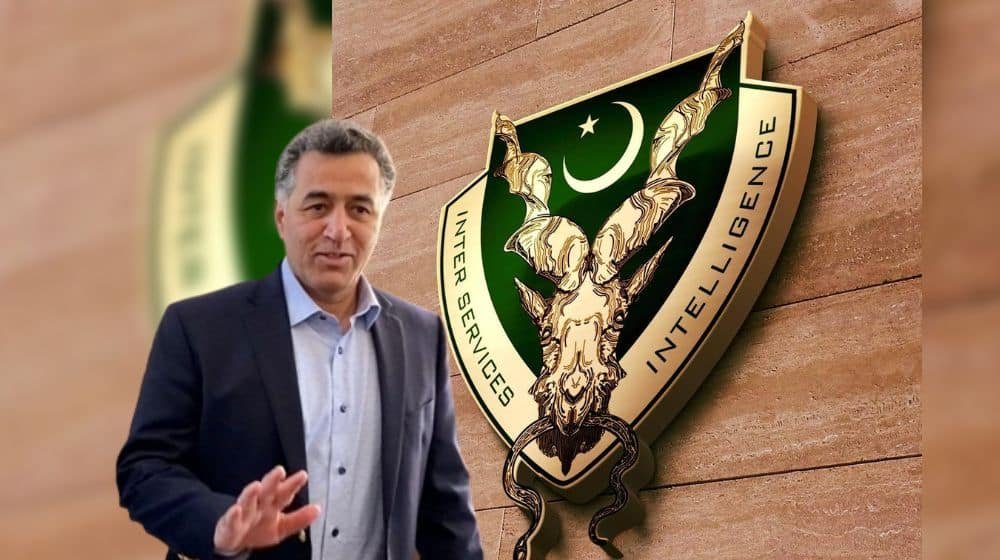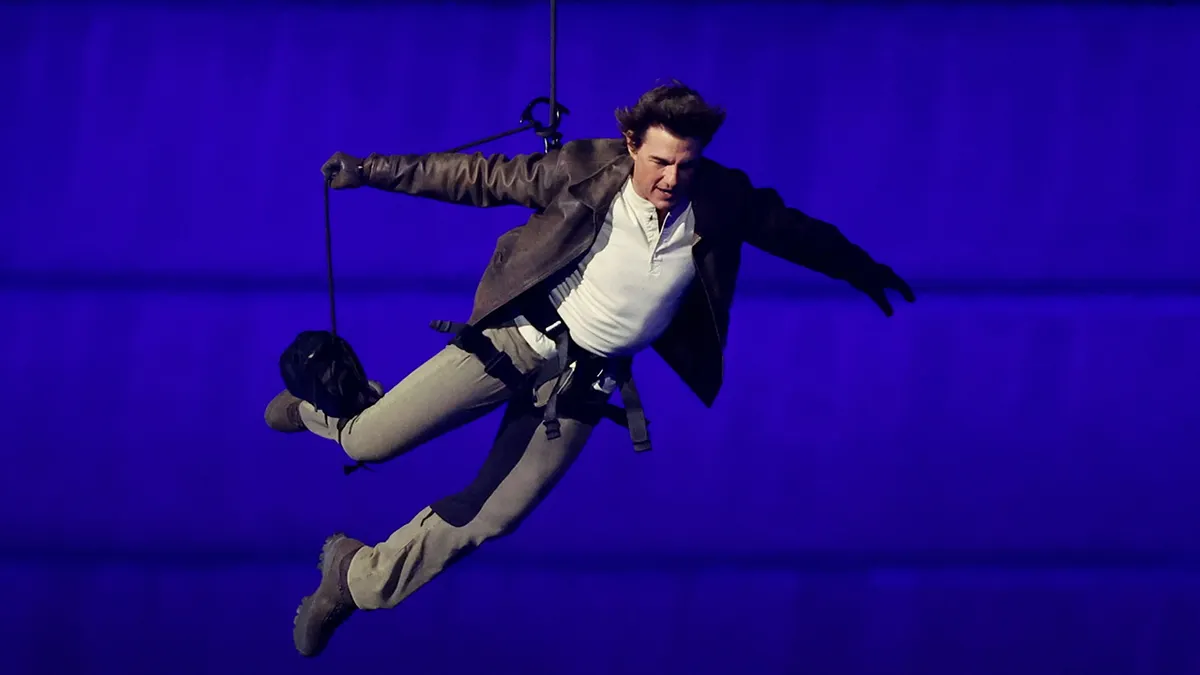A Northwest Orient Airlines flight took off from Portland, Oregon, destined for Seattle. It was a short, 30-minute flight carrying 36 passengers and 6 crew members. Among these passengers was a man who would become one of the most infamous figures in aviation history: D.B. Cooper.
Dressed in a business suit, white shirt, and black pants, Cooper looked like a typical businessman. He was in his mid-forties and had chosen seat 18E in the last row of the plane. Shortly after takeoff, he handed a note to air hostess Florence Schaffner. Initially, Schaffner thought he was flirting and pocketed the note without reading it. Cooper then leaned towards her and said, “Miss, you better look at that note. I have a bomb.”
The note read: “Miss, I have a bomb in my briefcase, and I want you to sit by me.” Schaffner complied, and Cooper showed her the contents of his briefcase: red cylinders, wires, and a large cylindrical battery. He demanded $200,000 in cash by 5 pm, along with four parachutes and a fuel truck ready to refuel the plane upon landing.

Schaffner discreetly conveyed Cooper’s note to the pilots, who then informed air traffic control. The news quickly reached the airline’s president, Donald Nyrop, who decided to fully comply with Cooper’s demands to avoid negative publicity and ensure the safety of the passengers and crew. The plane circled Seattle for hours to buy time while arrangements were made.
At 5:46 pm, the plane landed at Seattle-Tacoma Airport. Following Cooper’s instructions, it was parked far from the main terminal. An airline representative delivered the ransom money and parachutes to Cooper, who allowed the passengers and some crew members to disembark, keeping only the pilots and air hostess Tina Mucklow on board.
Once the plane was refueled, it took off again as per Cooper’s directions, heading towards Mexico City at a low altitude of 10,000 feet and a speed of 200 knots. Shortly after takeoff, Cooper instructed Mucklow to go to the cockpit and lock the door. Alone in the cabin, he opened the rear staircase and prepared to jump.
At 8:13 pm, a warning light indicated that the rear stairs were deployed. The pilots noticed a sudden upward tilt of the plane, suggesting Cooper had jumped. They continued to Reno, Nevada, and landed safely. Upon inspection, the police found Cooper’s tie, tie clip, and a few parachute fragments, but Cooper and the ransom money were gone.
The FBI launched a massive investigation that would last 45 years. Despite numerous searches and extensive investigations, no definitive trace of Cooper or the money was found. The only significant clue emerged in 1980, when an 8-year-old boy discovered $5,800 in $20 bills along the Columbia River, downstream from the suspected jump area. The serial numbers matched the ransom money.
Investigators theorized that Cooper might have worked in an aeronautical or chemical manufacturing plant due to specific titanium particles found on his tie. They also speculated that Cooper had some knowledge of aviation and parachuting, possibly gained through military service.
Over the years, several suspects emerged. Richard McCoy, an army veteran, was arrested for a similar hijacking five months after Cooper’s. However, he was later ruled out as a suspect because of a solid alibi for the night of Cooper’s hijacking. Another suspect, Robert Rackstraw, a Vietnam War veteran with a criminal record, was also considered but ultimately dismissed due to lack of concrete evidence.
Despite these efforts, the true identity of D.B. Cooper remains a mystery. Some believe he did not survive the jump, given the harsh conditions and the terrain. Others argue that his meticulous planning and the lack of conclusive evidence suggest he may have succeeded and lived in anonymity.
The D.B. Cooper hijacking remains the only unsolved case of air piracy in American history. It has captivated the public’s imagination, inspiring countless books, documentaries, and investigations. The mystery of who Cooper was and what happened to him continues to intrigue and baffle experts and enthusiasts alike.







